Home>Gardening & Outdoor>Landscaping Ideas>Why Do We Have Grass Lawns
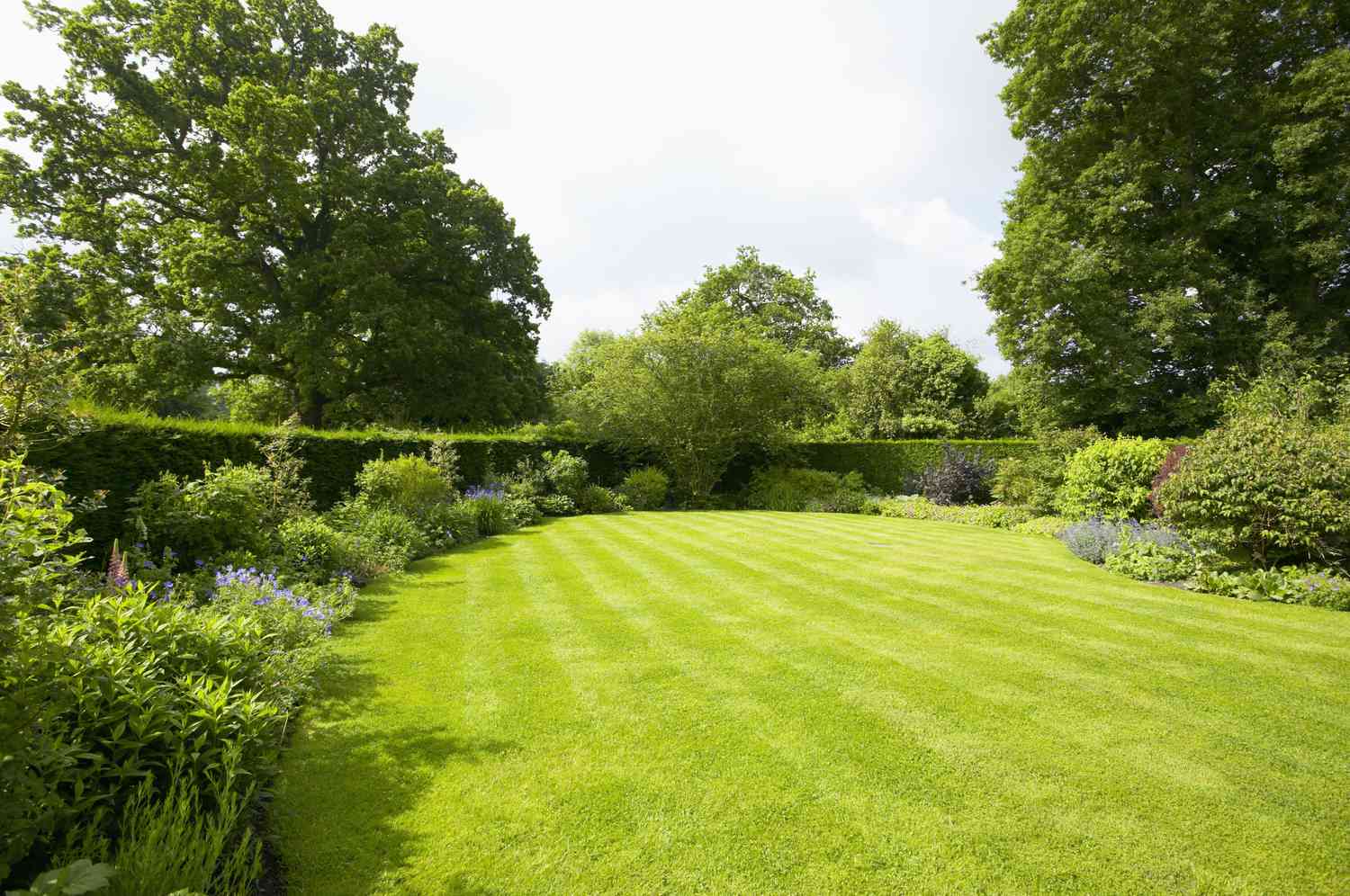

Landscaping Ideas
Why Do We Have Grass Lawns
Published: December 25, 2023
Discover the reasons behind the prevalence of grass lawns and get landscaping ideas to enhance your outdoor space. Learn how to create a beautiful and sustainable landscape.
(Many of the links in this article redirect to a specific reviewed product. Your purchase of these products through affiliate links helps to generate commission for Storables.com, at no extra cost. Learn more)
Introduction
Introduction
Grass lawns have long been a staple of residential landscapes, adorning yards with lush green carpets that evoke a sense of tranquility and natural beauty. However, the presence of grass lawns extends beyond mere aesthetics, encompassing historical, environmental, and recreational dimensions. Understanding the multifaceted nature of grass lawns unveils the reasons behind their prevalence in modern landscaping practices.
The allure of grass lawns lies in their ability to transform outdoor spaces into inviting retreats, providing a canvas for various recreational activities and social gatherings. While the visual appeal of a well-manicured lawn is undeniable, the origins of grass lawns and their implications for the environment and human well-being warrant closer examination. By delving into the historical roots, aesthetic merits, environmental impact, and viable alternatives to traditional grass lawns, a comprehensive understanding of this ubiquitous landscaping feature emerges.
Key Takeaways:
- Grass lawns have a rich history, evolving from symbols of wealth to common features of suburban homes. They offer aesthetic appeal and recreational space, but their environmental impact calls for sustainable alternatives.
- Homeowners can explore eco-friendly alternatives to traditional grass lawns, such as native plantings, xeriscaping, artificial turf, groundcover plants, and permeable paving. These options conserve resources, support biodiversity, and promote ecological resilience.
Read more: How To Have A Healthy Lawn
Historical Origins of Grass Lawns
Grass lawns, as we recognize them today, trace their origins back to medieval European landscapes. Initially, grassy areas surrounding castles and manor houses served practical purposes, such as grazing grounds for livestock and as a means of preserving an unobstructed view to detect approaching threats. Over time, these functional spaces evolved into carefully tended lawns, symbolizing wealth and prestige.
The concept of the lawn gained prominence during the Renaissance period, when the notion of a manicured garden as an extension of the home took root. In the 17th century, the trend of cultivating grass lawns spread to England, where the aristocracy embraced the idea of expansive, well-groomed lawns as a symbol of affluence and leisure. The emergence of lawn sports, such as croquet and lawn bowling, further solidified the association between grass lawns and recreational activities.
During the 18th and 19th centuries, the industrial revolution led to the proliferation of urban landscapes, prompting a shift in the perception of grass lawns from symbols of aristocracy to attainable features of suburban homes. The advent of mechanical lawn mowers made lawn maintenance more manageable for the burgeoning middle class, further popularizing the cultivation of grass lawns.
With the rise of suburban living in the 20th century, grass lawns became synonymous with the quintessential American dream, representing an idealized vision of domestic bliss and prosperity. The post-World War II era witnessed the widespread adoption of grass lawns as integral components of suburban housing developments, solidifying their status as an enduring fixture of the American residential landscape.
Today, the tradition of cultivating grass lawns persists, albeit with a heightened awareness of the environmental impact and resource consumption associated with their upkeep. As we delve into the historical evolution of grass lawns, it becomes evident that their significance transcends mere ornamentation, reflecting societal values, cultural aspirations, and the evolving relationship between humans and nature.
Aesthetic and Recreational Benefits of Grass Lawns
Grass lawns offer a myriad of aesthetic and recreational benefits that contribute to their enduring popularity in residential landscapes. The visual appeal of a well-maintained lawn extends beyond its vibrant green hue, evoking a sense of serenity and natural beauty. The expansive carpet of grass serves as a harmonious backdrop for outdoor activities, social gatherings, and leisurely contemplation, enhancing the overall ambiance of the surrounding environment.
One of the primary aesthetic advantages of grass lawns lies in their ability to create a visually cohesive and inviting outdoor space. Whether serving as a backdrop for garden parties, children’s play areas, or al fresco dining, the lush expanse of a manicured lawn provides a versatile canvas for various recreational pursuits. Moreover, the soft texture of grass underfoot adds a tactile dimension to outdoor experiences, fostering a connection to the natural world and promoting sensory engagement.
From a recreational standpoint, grass lawns offer an open expanse for physical activities, ranging from impromptu games of tag and frisbee to more structured sports like soccer and touch football. The level terrain and cushioning effect of grass make it an ideal surface for recreational endeavors, accommodating diverse age groups and fostering a sense of community and camaraderie. Additionally, the presence of a well-tended lawn encourages outdoor leisure, providing a tranquil setting for relaxation, meditation, or simply basking in the warmth of the sun.
Furthermore, grass lawns serve as versatile venues for social interactions, enabling gatherings that celebrate the joys of outdoor living. Whether hosting barbecues, picnics, or garden parties, the expansive green backdrop of a lawn creates an inviting atmosphere for conviviality and shared experiences. The aesthetic charm and recreational utility of grass lawns thus play a pivotal role in enriching the quality of life for homeowners and fostering a deeper connection to the natural world.
By recognizing the aesthetic and recreational advantages of grass lawns, we gain a deeper appreciation for their role in shaping outdoor environments and facilitating meaningful human experiences. The allure of a well-tended lawn transcends mere visual appeal, embodying a versatile and multifaceted space that enhances the vitality and enjoyment of outdoor living.
Consider planting native grasses in your lawn. They require less water, fertilizer, and maintenance, and provide important habitat for local wildlife.
Environmental Impact of Grass Lawns
While grass lawns contribute to the visual charm and recreational functionality of outdoor spaces, their environmental impact warrants careful consideration. The cultivation and maintenance of traditional grass lawns entail significant resource consumption, chemical inputs, and ecological implications that merit scrutiny in the context of sustainable landscaping practices.
One of the primary environmental concerns associated with grass lawns pertains to water usage. Maintaining a verdant lawn in arid or semi-arid regions often necessitates substantial irrigation, leading to heightened demand for water resources. The prevalence of automatic sprinkler systems further exacerbates water consumption, contributing to strain on local water supplies and escalating utility costs. Moreover, the runoff of excess water laden with fertilizers and pesticides can pose a threat to water quality, impacting aquatic ecosystems and human health.
The use of chemical fertilizers and pesticides in lawn care routines presents another environmental challenge. The application of these synthetic compounds can lead to nutrient imbalances in soil, contamination of groundwater, and adverse effects on non-target organisms. Furthermore, the carbon footprint associated with the production and distribution of lawn care chemicals contributes to overall environmental degradation, underscoring the need for eco-friendly alternatives in lawn maintenance practices.
In addition to resource consumption and chemical inputs, grass lawns have implications for biodiversity and habitat preservation. The monoculture nature of traditional lawns limits ecological diversity, displacing native plant species and diminishing foraging and nesting opportunities for wildlife. In contrast, ecologically conscious landscaping approaches prioritize the integration of native plants, pollinator-friendly species, and naturalized habitats, fostering biodiversity and ecological resilience within residential landscapes.
Furthermore, the carbon sequestration potential of grass lawns, while beneficial to some extent, is overshadowed by the ecological benefits offered by diverse, plant-rich landscapes. Embracing alternative landscaping strategies, such as incorporating native grasses, wildflowers, and xeriscaping elements, can mitigate the environmental impact of traditional grass lawns while promoting sustainable coexistence with the natural environment.
By acknowledging the environmental ramifications of conventional lawn care practices, homeowners and landscape professionals can explore eco-conscious approaches to landscaping that prioritize water conservation, minimize chemical inputs, and support biodiversity. Embracing sustainable landscaping principles not only mitigates the environmental impact of grass lawns but also fosters resilient, ecologically vibrant outdoor spaces that harmonize with the surrounding ecosystem.
Alternatives to Traditional Grass Lawns
As awareness of environmental sustainability and water conservation grows, the quest for alternatives to traditional grass lawns has gained momentum, prompting homeowners and landscape enthusiasts to explore diverse landscaping options that offer aesthetic appeal, ecological benefits, and resource efficiency.
One notable alternative to conventional grass lawns lies in the embrace of native plantings and low-maintenance landscaping designs. Native grasses, wildflowers, and ground covers tailored to local climate conditions not only reduce the need for extensive irrigation but also support local biodiversity, providing vital habitats for pollinators and indigenous wildlife. These ecologically attuned landscapes celebrate the intrinsic beauty of regionally adapted flora while minimizing the ecological footprint associated with traditional lawn maintenance.
Xeriscaping, a landscaping approach focused on water conservation and sustainable practices, has emerged as a compelling alternative to water-intensive grass lawns, particularly in arid and semi-arid regions. By incorporating drought-tolerant plants, efficient irrigation techniques, and permeable hardscapes, xeriscapes offer visually striking and environmentally responsible alternatives that align with the principles of resource efficiency and ecological stewardship.
Artificial turf, or synthetic grass, presents a low-maintenance substitute for traditional lawns, offering a verdant, uniform appearance without the need for regular watering, mowing, or chemical applications. While artificial turf may not replicate the ecological benefits of natural grass, it provides a practical solution for homeowners seeking a lush, green aesthetic without the resource demands and environmental concerns associated with traditional lawn care.
Groundcover plants, such as clover and creeping thyme, present an eco-friendly and visually appealing alternative to expansive grass lawns. These low-growing, resilient plants offer natural weed suppression, require minimal maintenance, and contribute to soil health, making them attractive options for homeowners seeking sustainable and biodiverse landscaping solutions.
Permeable paving options, including gravel, permeable pavers, and porous asphalt, provide innovative alternatives to traditional turf areas, promoting stormwater infiltration, reducing runoff, and minimizing the heat island effect. By integrating permeable surfaces within outdoor spaces, homeowners can enhance water management, mitigate erosion, and create visually engaging landscapes that prioritize environmental sustainability.
Embracing these alternatives to traditional grass lawns empowers homeowners to cultivate vibrant, ecologically resilient landscapes that harmonize with local ecosystems, conserve resources, and celebrate the intrinsic beauty of native flora. By exploring diverse landscaping approaches, individuals can redefine outdoor spaces as havens of sustainability, creativity, and natural splendor, transcending the traditional paradigm of the manicured grass lawn.
Read more: Why Do We Do Easter Baskets
Conclusion
The enduring allure of grass lawns transcends mere visual appeal, encompassing historical significance, aesthetic charm, and recreational functionality. However, as we navigate the complexities of modern landscaping, it becomes imperative to reassess the role of traditional grass lawns in light of environmental sustainability, resource conservation, and ecological stewardship.
By delving into the historical origins of grass lawns, we gain insight into their evolution from symbols of aristocratic privilege to ubiquitous features of suburban landscapes. The aesthetic and recreational benefits of grass lawns, while undeniable, are accompanied by environmental considerations that prompt a reevaluation of conventional landscaping practices.
Recognizing the environmental impact of grass lawns underscores the need for sustainable alternatives that minimize resource consumption, support biodiversity, and promote ecological resilience. From native plantings and xeriscaping to permeable paving and artificial turf, a diverse array of landscaping options offers homeowners the opportunity to cultivate visually captivating, environmentally responsible outdoor spaces.
As we embrace alternatives to traditional grass lawns, we embark on a journey toward sustainable landscaping that honors the inherent beauty of native flora, conserves vital resources, and fosters harmonious coexistence with the natural world. By reimagining outdoor landscapes as vibrant, ecologically attuned havens, we redefine the essence of outdoor living, transcending the conventional paradigm of the manicured grass lawn.
In this era of environmental consciousness and ecological mindfulness, the evolution of landscaping practices reflects a collective commitment to responsible stewardship of the land. By embracing sustainable alternatives and reimagining the outdoor environment as a tapestry of native beauty and resource efficiency, we embark on a transformative journey toward landscapes that resonate with ecological harmony and enduring allure.
Ultimately, the quest for sustainable landscaping transcends the confines of traditional grass lawns, ushering in an era of creativity, innovation, and environmental mindfulness. As we navigate this paradigm shift, we redefine outdoor spaces as expressions of ecological artistry, celebrating the intrinsic splendor of native landscapes while fostering a legacy of environmental stewardship for generations to come.
Frequently Asked Questions about Why Do We Have Grass Lawns
Was this page helpful?
At Storables.com, we guarantee accurate and reliable information. Our content, validated by Expert Board Contributors, is crafted following stringent Editorial Policies. We're committed to providing you with well-researched, expert-backed insights for all your informational needs.


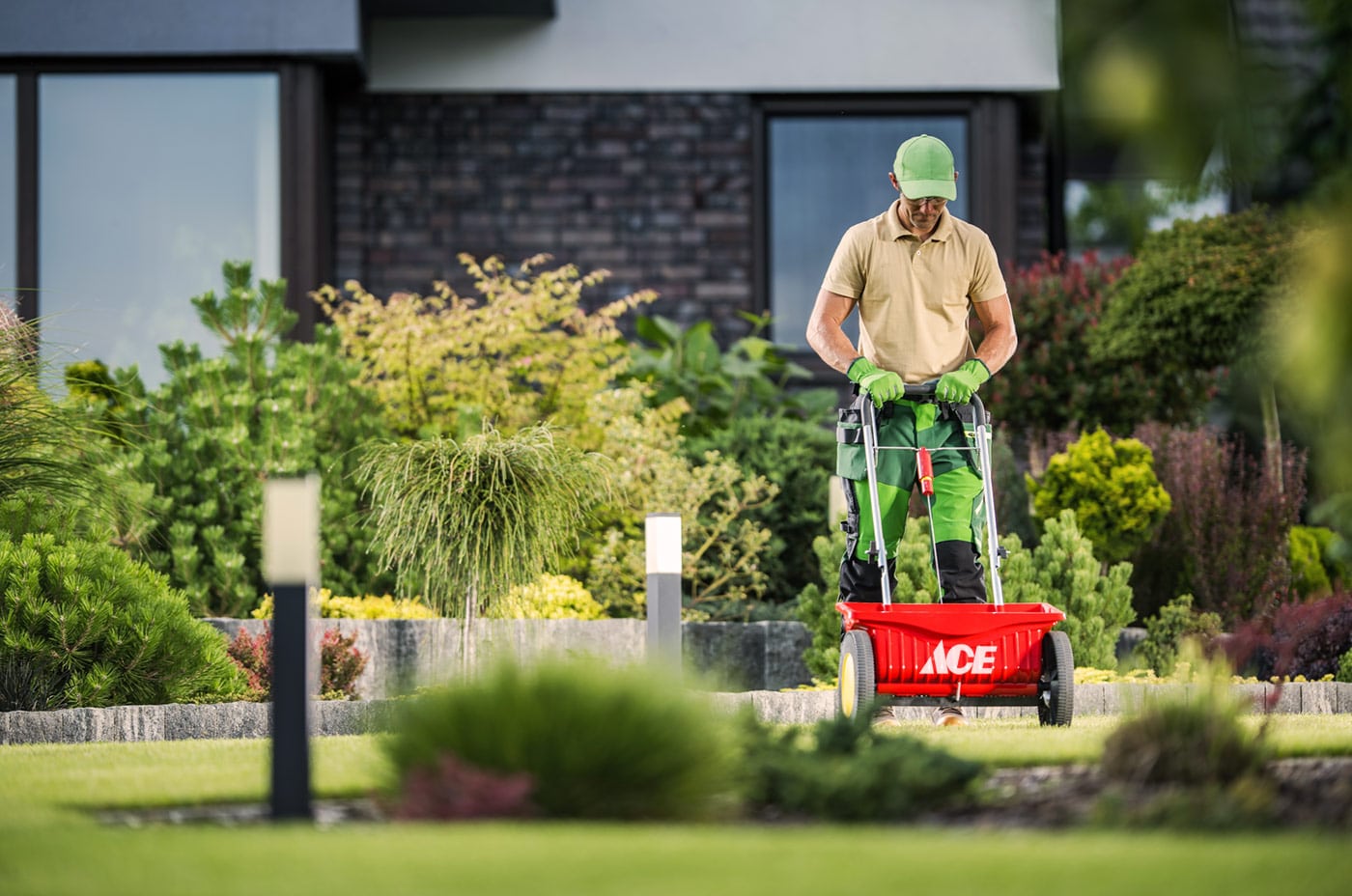



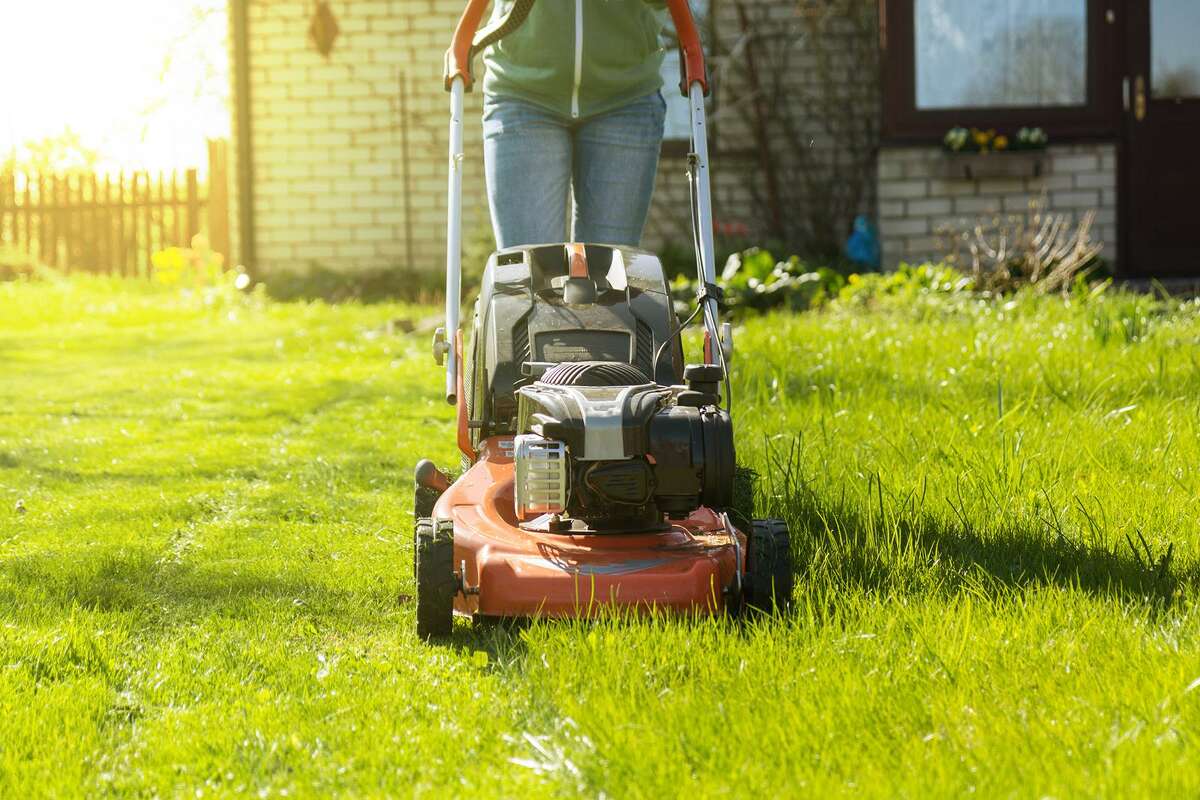
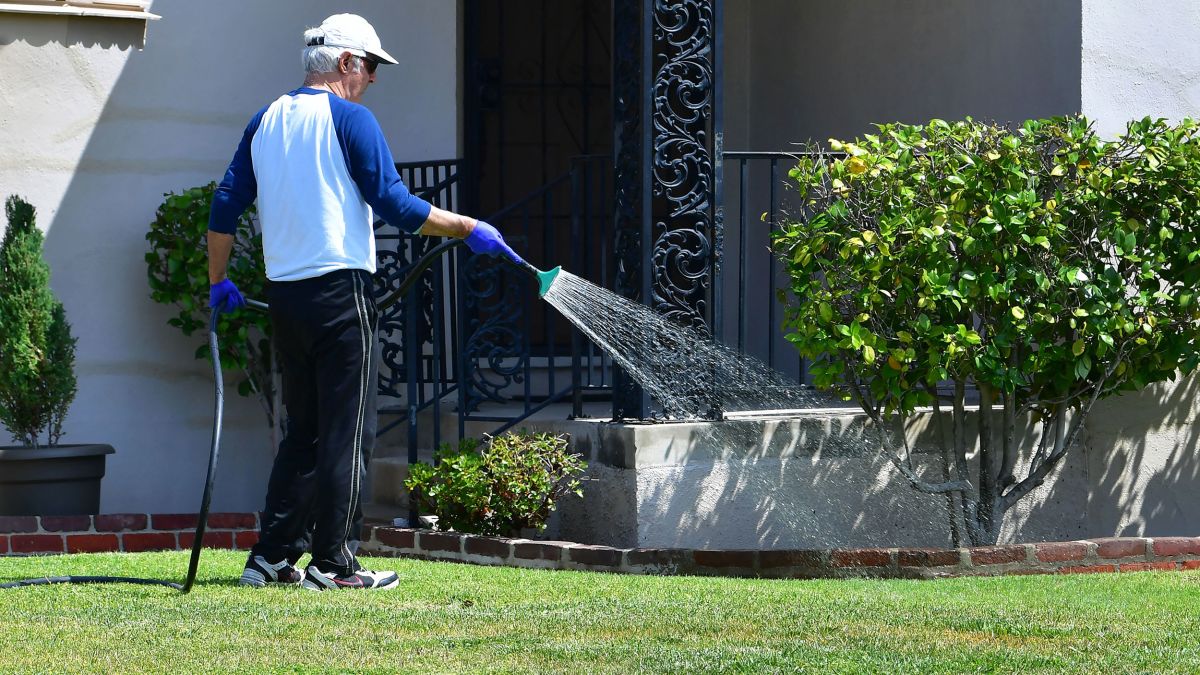



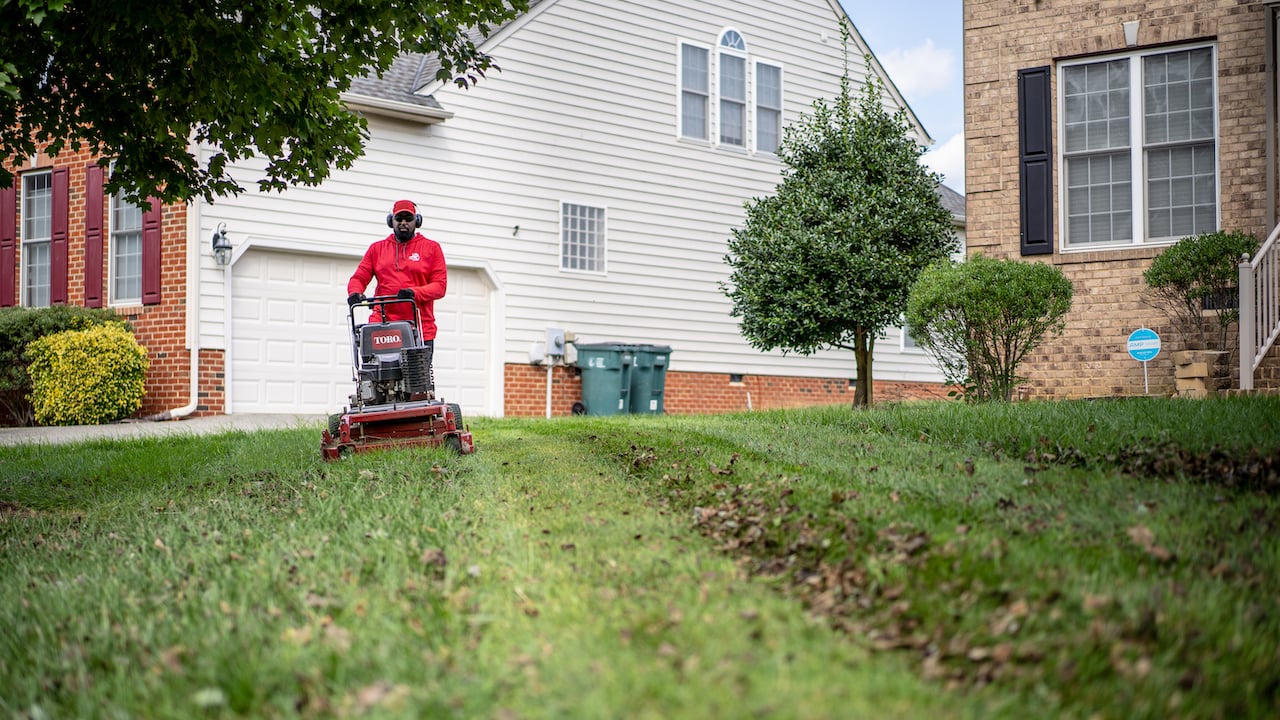
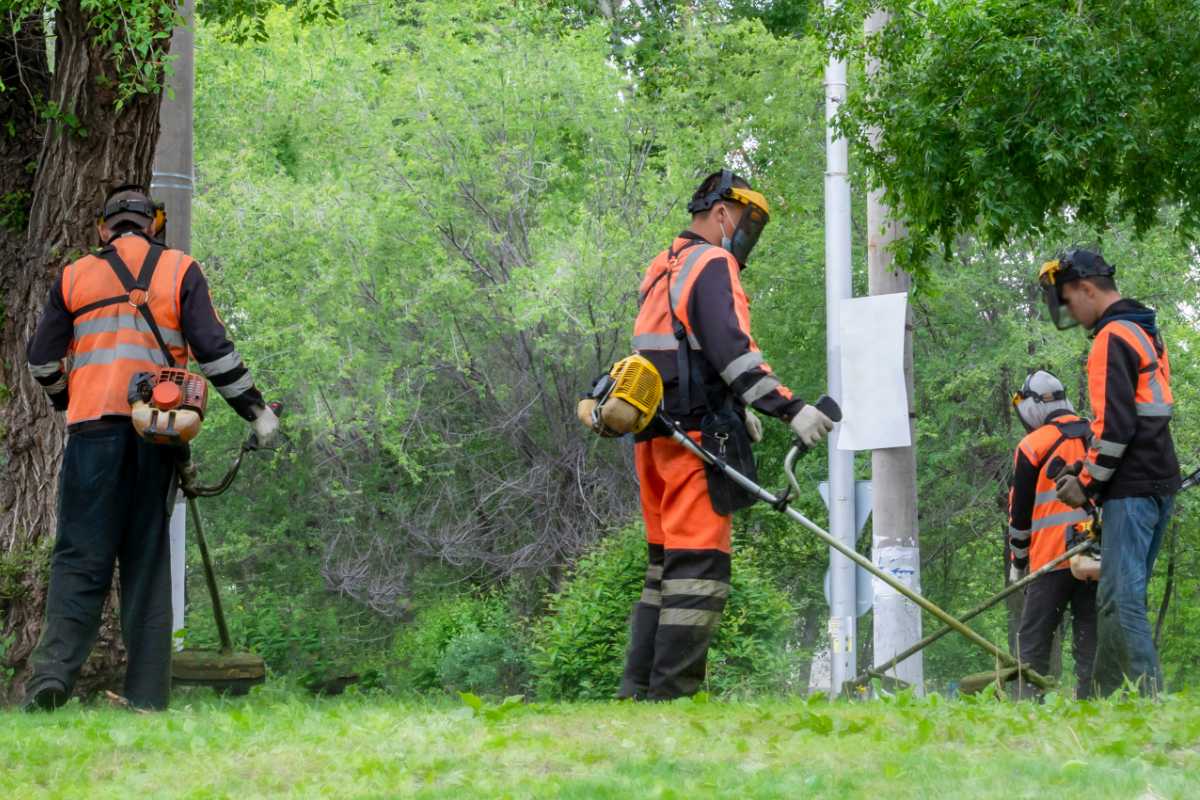


0 thoughts on “Why Do We Have Grass Lawns”